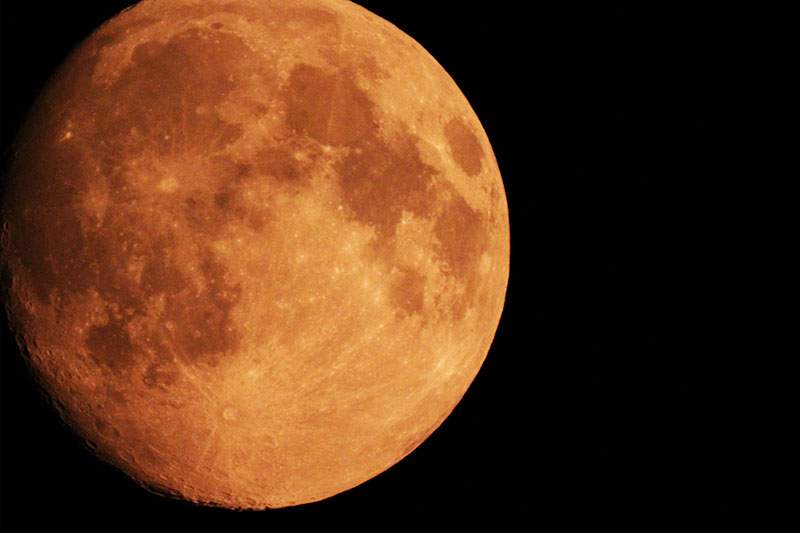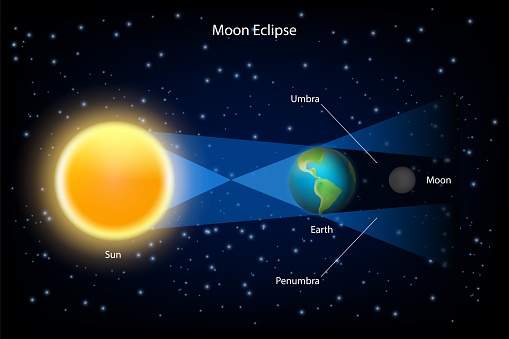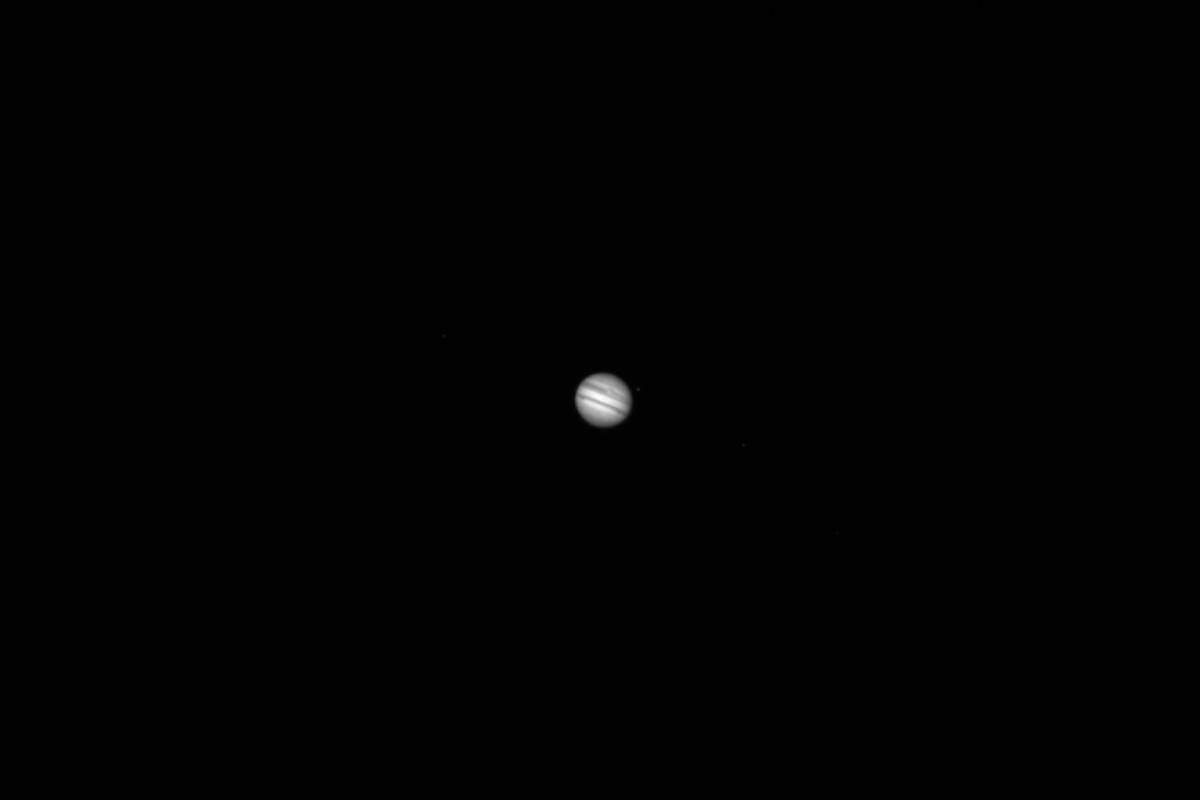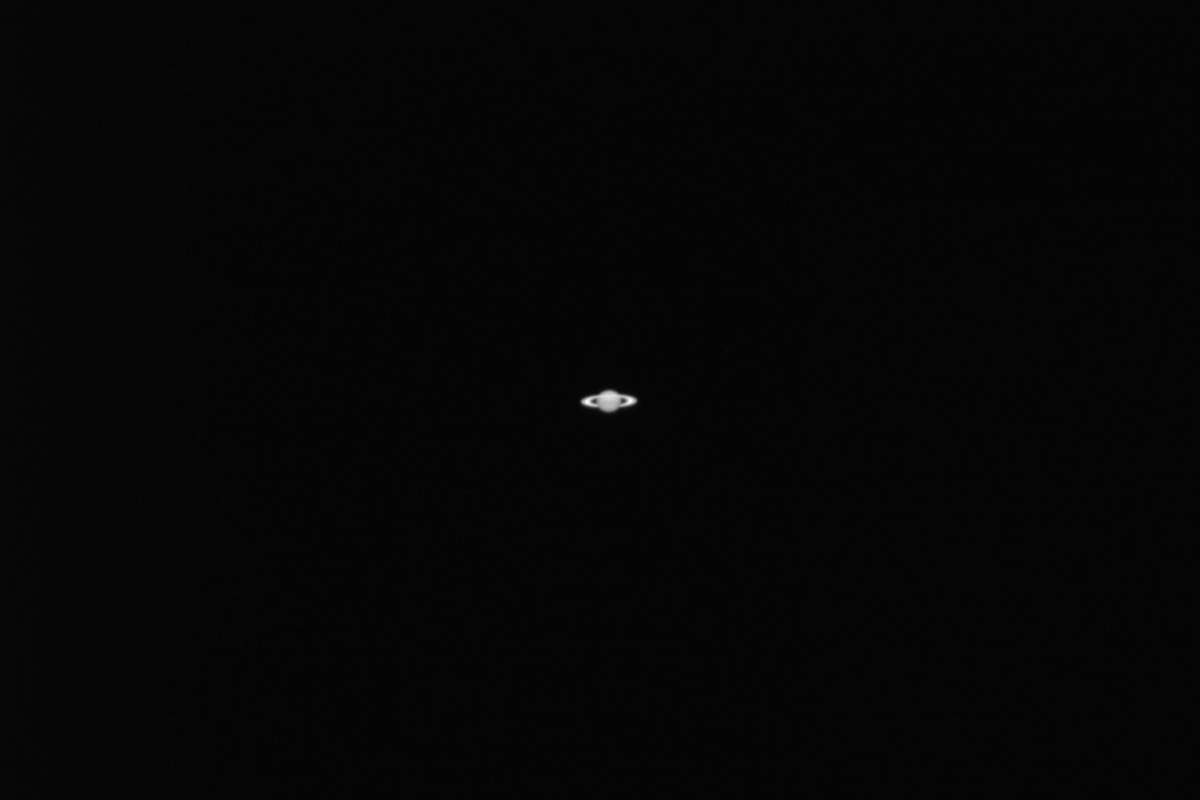Are you a journalist? Please sign up here for our press releases
Subscribe to our monthly newsletter:

A blood moon will be visible this Friday night, July 27, 2018, during a stunning, relatively rare, occurrence of a total lunar eclipse, when the Sun, Earth and Moon will be completely aligned, resulting in Earth casting a shadow on the lunar surface. This will be the longest lunar eclipse of this century.
“During the total eclipse, rather than disappearing completely, the Moon will take on a deep red hue as Earth’s atmosphere disperses and refracts the red component of sunlight on to the Moon’s surface,” explains Ilan Manulis of the Weizmann Institute’s Particle Physics and Astrophysics Department and Director of the Martin Kraar Observatory. “However, the Moon could, instead, turn a tint of brown or orange, depending on various factors on that night, such as the amount of cloud cover on Earth’s limb facing the moon.”
Be sure not to miss the cosmic phenomenon with the following rundown of the times (Israel Daylight Saving Time) and phases of the lunar eclipse:
| Time (Israel Daylight Saving Time) | Phase |
|---|---|
| 21:24 | Partial lunar eclipse begins, in which the moon will start to become crescent-shaped |
| 22:30 | Total lunar eclipse begins |
| 23:21 | Maximum lunar eclipse, when the full moon will be immersed in Earth’s shadow |
| 00:13 (July 28) | Total lunar eclipse ends |
| 01:19 | Partial lunar eclipse ends |

The second celestial event adorning our skies this month is the alignment of Venus, Jupiter, Saturn and Mars – in which all four planets will be visible simultaneously.
“At around 21:30 Israel time, stargazers will be able to view all four planets at once, with Venus – the third brightest object after the Sun and the Moon – as it sets to the west; Jupiter toward the southwest; Saturn, which appears dimmer than the first two, toward the south; and finally red-tinted Mars, as it rises in the east, not far from the eclipsing moon,” says Manulis.
And, as if we weren’t spoiled enough, on the night of the lunar eclipse, Mars will be the closest to Earth than it has been in 15 years, making it brighter than usual – and even brighter than Jupiter!
Happy stargazing!

